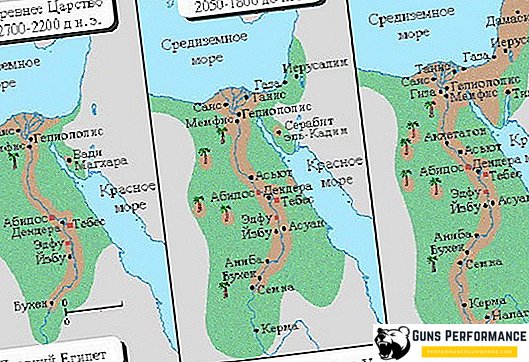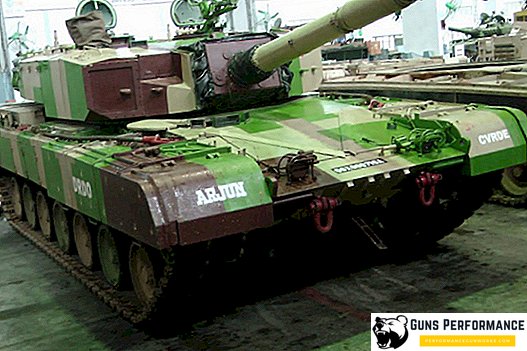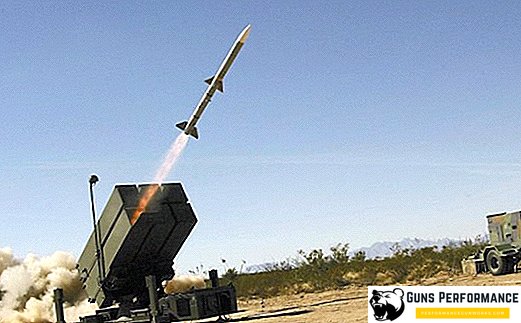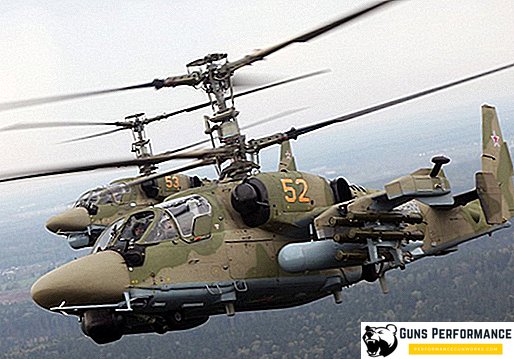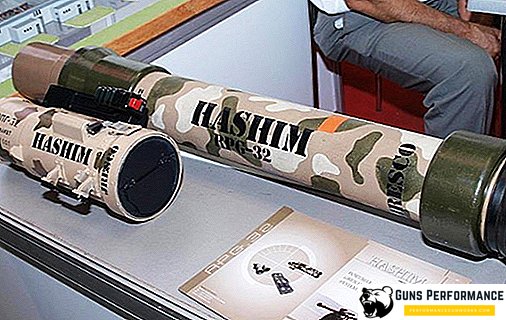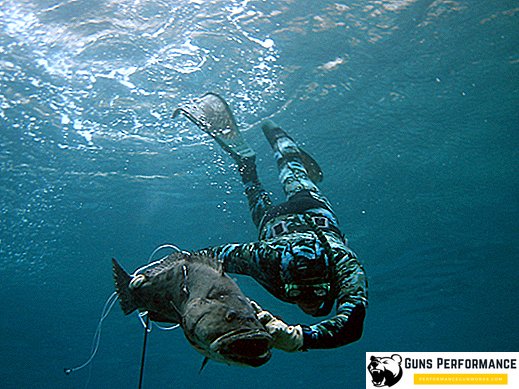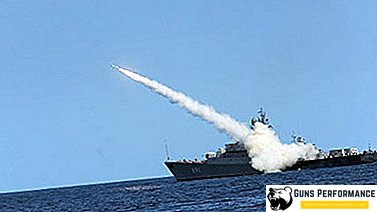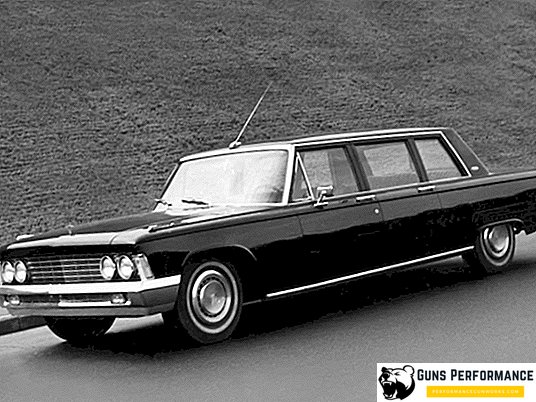In the history of international law, the establishment of democratic institutions of the government in the countries of the Asia-Pacific region has always had its own distinctive features. In this part of the world for a long time preserved the oldest institutions of state power, based on local traditions and mentality. Changes in the political structure of the countries of this vast region took place with great delay. While the antimonarchic, anti-imperial movement spread throughout the world, the republican form of government triumphed, the countries of Southeast Asia continued to be a stronghold of monarchical power. Such popular in the world at that time concepts like the constitution, presidency, elections and parliament here will be known only in the XX century.
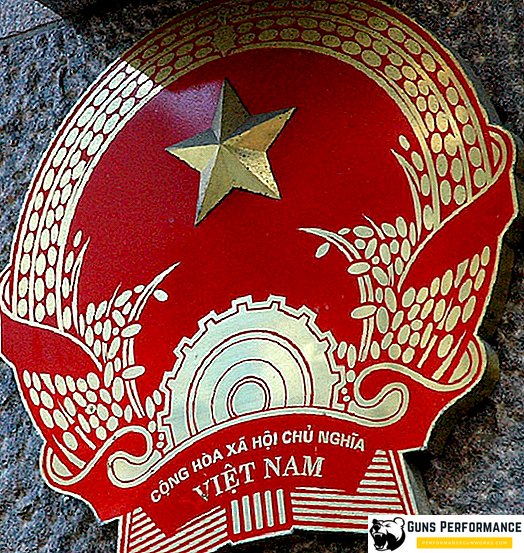
A vivid example of the historical conservation of the political regime is Vietnam. Until the mid-19th century, feudalism continued to exist in the country, based on the absolute power of the emperor, with the complete absence of political culture. This adversely affected the economic and socio-social level of the country's development. In this state, Vietnam quickly fell into the orbit of the imperial aspirations of the French emperor Napoleon III, who wanted to expand his sphere of influence. In Vietnam, where relative political stability was observed, there was neither a revolution nor a large-scale liberation movement, in an instant the colonial regime was established.

Vietnam on the threshold of major transformations
Despite the fact that the colonial policy pursued by Western states was often accompanied by cruel and violent measures, for many regions of the world this period of history was the impetus for civilizational development. The colonialists acted according to the "carrot and stick" method, playing on the internal contradictions between the ruling clans. In Vietnam, the French acted in a similar way, providing political, military and economic support to certain local rulers. The result of the French invasion was the colonization of the whole of Indochina, where Vietnam played a key role.
On the captured territory, the French quickly decided on the system of administrative management. Initially, the southern provinces were merged into a system that in 1862 received the status of a colony with the name French Cochinchina. Twenty years later, the nominally independent central and northern provinces of the former empire were occupied by the French. Since 1883, North Vietnam was declared a protectorate of France, in the history of the country began a long colonial period. Throughout the first half of the 20th century, the country was completely under French control, being one of the most important subjects of French colonial policy.

However, French Indochina did not remain aloof from the social and political processes taking place around the world. Against the background of the anti-feudal and anti-colonial movement, which was widespread in Asia, led by the communists and socialist parties, Viet Nam has its own national liberation movement. In the 1930s, the Communist Party of Indochina headed by Ho Chi Minh entered the political arena. Attempts by the French colonial administration to cope with the national liberation movement at first have a positive effect. Most political parties are forced to move to underground work. Until 1940, Ho Chi Minh and the Vietnamese communists were deep underground. Only the defeat of France in 1940 and the subsequent Japanese occupation of Indochina brought the national liberation movement of Indochina to the political scene.

In the absence of opposition from the colonial administration and the occupation authorities, the Vietnamese communists created their own military-political force in 1941 - the Viet Minh. The goal and objectives of the combat wing of the Vietnamese communists were to liberate the country from invaders.
The proclamation of the DRV. The first president of Vietnam
Militarist Japan, which established its dominance in Indochina, considered this region as one of the most important elements of its defense strategy. From here, the Japanese army in 1941-42 led the attack on Malaysia and Burma. With the deterioration of the military-political situation, Japan was forced to leave the region, leaving behind the puppet government of Emperor Bao Dai in Vietnam.

The beginning of the Second World War was the beginning of a new stage in the history of the ancient state. Back in August 1945, one month before Japan signed the Act of Surrender in Vietnam, the next party conference of the Communist Party of Indochina was held. The delegates elected the Provisional Government of Vietnam, which was headed by Ho Chi Minh. This period in the history of the country was called the August Revolution. Already on August 19, the rebels occupied Hanoi, and a week later the Communists occupied Saigon - the largest city of the former French colony. The Japanese protege, the emperor Bao Dai, abdicated the throne on August 30th.

Japan’s signing of the Act of unconditional surrender coincided with the promulgation of the Declaration of Independence of Vietnam. On September 2, 1945, the establishment of the Democratic Republic of Vietnam was announced in Hanoi. The post of president of Vietnam went to Communist leader Ho Chi Minh. The reign of Ho Chi Minh lasted for 24 years until 1969.
With the proclamation of independence, Vietnam embarked on the path of democratic reforms aimed primarily against the colonial heritage, the ultimate goal of which was the creation of a socialist state. A year later, in November 1946, the National Assembly of the Democratic Republic of Vietnam adopted the country's first constitution. In accordance with the text of the Basic Law, the National Assembly becomes the supreme legislative body of the country, and its composition is elected during direct nation-wide elections. The country's constitution defines the status of the president, who is elected by the deputies of the National Assembly.
Despite the democratic principles laid down in the country's constitution for building a vertical of power, Vietnam is ruled by the ruling party elite led by the main Vietnamese communist Ho Chi Minh. There is practically no opposition movement in the country, as there are no right-wing political parties oriented toward the West and nationalist China. The period of communist rule turns into a dictatorship of the autocratic party elite.

With a sufficiently strong and stable domestic political front, the foreign policy of the Democratic Republic of Vietnam is becoming an object of increased attention from the former metropolis and other Western countries. After the withdrawal of the Japanese troops, the country was overrun by British and American, who occupied South Vietnam. In general, the northern part of the country was under the control of the Kuomintang army. Neither the British nor the Americans recognized the Democratic Republic of Vietnam, helping the French to regain control of the former colony. Despite the difficult political situation, the communist leaders of the self-proclaimed Republic continued to fight for the complete independence of the entire territory of the country from foreign influence. If in North Vietnam the Communists, led by Ho Chi Minh, managed to take control of the main administrative centers after the departure of Chiang Kai-shek's troops, the south was completely controlled by the French military administration.
The result of such a complex political conflict was the direct aggression of France against the DRV. Since 1947, almost the entire northern part of the country was occupied by French troops. All the administrative and party organs of the DRV were forced to move to an illegal situation. The failure of diplomatic efforts has led to the fact that the time has come to act Vietminu - the combat wing of the Vietnamese communists.

Dual power and the struggle for the liberation and unification of the country
As an alternative to the DRV, proclaimed by the communists, the French occupation authorities began to create their own state, which was under French control. In 1949, the creation of the State of Vietnam was announced, the territory of which included all the lands occupied by French troops. From this moment begins the active phase of the military-political confrontation, which plunged Vietnam and the whole Indochina into the abyss of a protracted military conflict.

The powerful political support given to the young Republic of the Soviet Union and communist China allowed the DRV troops to inflict a sensitive defeat on the French. In 1954, the warring parties first sat down at the negotiating table, which ended with the signing of the Geneva Agreements. The north of the country was under the control of the government of Ho Chi Minh. In the south, the state controlled by the French remained Vietnam. The border between the two parts of the country passed along the 17th parallel, which became a demilitarized zone. The main emphasis in the agreements was placed on the subsequent unification of the country, which was to occur on the basis of the results of the general free elections. However, this alignment did not suit the United States.

Since 1955, the United States has become a direct participant in the military-political conflict in Indochina. Trying to prevent the scenario envisaged by the Geneva Agreements, the United States is inspiring a proclamation in the south of the country of the Republic of Vietnam. Ngo Din Ziem becomes president of the new puppet state. The period of presidency, like that of the newest Republic, turned out to be short. The first president held his post for 8 years until 1963, until he fell victim to a military coup. Power passed into the hands of Duong Wang Min, who became a dictator for two months.

From this point on, all subsequent leaders of the South of the country come to power as a result of military putsches and coups. South Vietnam was headed by the following persons:
- 1964 - General Nugen Khan, a protege of the South Vietnamese army;
- Phan Khak Shyu - Civil President (government years 1964-1965);
- General Nguyen Van Thieu served for 10 years from June 1965 to April 1975;
- Chan Van Huong after the flight of President Nguyen Van Thieu and, being the vice-president of the country, heads the country in 1975.
It should be noted that the own domestic policy of the South Vietnamese leadership, which relies entirely on overseas owners, did not allow the communist North to hope for an early resolution of the conflict. With the active support of the USSR and Beijing in Hanoi, it was decided to proceed to a forceful scenario of uniting the country. With the help of Vietcong units (National Front for the Liberation of South Vietnam), the Communists tried to influence the puppet regime of the south of the country by military force. Seeing the inability of the government and the army of the South to independently resist the onslaught of the North, since 1964 the Americans have been participating in the hot phase of the armed conflict. For a long 10 years, the entire territory of Vietnam is becoming the scene of fierce armed confrontation. The implacable Communist North, headed by President Ho Chi Minh, is fighting with US forces and the puppet South Vietnamese army.

In 1969, the permanent leader of the Vietnamese Communists died at the age of 80 years. The presidency passes into the hands of Ton Duc Thang, who remains in this position until July 1976. Ton so Thang became the second and last president of the Democratic Republic of Vietnam.
It is important to note the fact that throughout the existence of South Vietnam, the DRV authorities politically ignored their opponents, not recognizing the existence of another Vietnamese state. Focusing on the Geneva Accords, under which the country was supposed to unite, the communists of the North fought a war of liberation. From the US point of view, the DRV authorities committed an act of aggression against a democratic state. The war of the North and the South formally ended in 1973 with the signing of the Paris Peace Agreements, in accordance with which the American troops would have to leave the country. The next political offensive undertaken by the Vietnamese People’s Army and Vietnamese forces against Saigon in the spring of 1975 put an end to political disagreements. After the occupation of the capital of South Vietnam by the troops of the Democratic Republic of Vietnam, the political regime based on American bayonets was overthrown. The long-suffering and bloody period of liberation and unification of the country is over.

Socialist Vietnam and its presidents
After the liberation of Saigon, a temporary administration was established on the territory of South Vietnam. All power passed into the hands of the provisional government of the Republic of South Vietnam, which was headed by the Chairman of the Advisory Council Huynh Tan Fat. The new government of the South of the country was completely controlled by the authorities of the DRV, who sought as soon as possible to get rid of the colonial and imperialist heritage in this part of the country.

The final unification of the country took place in the summer of 1976, when on July 2, the creation of the Socialist Republic of Vietnam was announced. Both the DRV and the Republic of South Vietnam have disappeared from the political map of the world. Accordingly, from July 2, 1976, the president of the DRV ceased his powers.
In accordance with the “old-new” constitution of the country, inherited from the DRV regime, socialist Vietnam continued to be governed by the president. Preserved and other major government bodies. The follower of Ho Chi Minh Ton Duc Thang, who remained in this post until 1980, became the first president of the Socialist Republic of Vietnam. After his death, from March 30, 1980 to July 4, 1981, the acting president of the country was Nguyen Hyu Tho.

The introduction of the new Constitution of the country in December 1980 abolished the presidency. Disappeared from the system of government The Standing Committee of the National Assembly. The functions of the head of state passed to the powers of the chairman of the State Council. Executive power in the country passed into the hands of the chairman of the Council of Ministers, who heads the Council of Ministers of the Socialist Republic of Vietnam. In this state, the system of state power in the Socialist Republic of Vietnam existed until 1992, when in April of the same year, the National Assembly adopted a new Basic Law. During this period, the country was led by the Presidents of the State Council:
- Truong Tinh - reign years 1981-1987;
- In Ti Kong, elected Chairman of the State Council in June 1987 and remaining in office until September 1992.

The 1992 Constitution of the Socialist Republic of Vietnam once again introduced the country's highest state position in the country - the President of the Socialist Republic of Vietnam. In the new political conditions, the election of the head of state was carried out according to the results of the secret ballot of deputies of the National Assembly. Accordingly, the president was responsible to the deputies. The term of office was limited to five years, at the time of convening the current composition of the Parliament of the Republic. In the event of a physical inability to fulfill the duties of the president, the functions of the head of state are transferred to the vice-president.
The rights and duties of the President of the Socialist Republic of Vietnam are of a formal nature, as the National Assembly and the Prime Minister retain full power in the country. Despite the fact that the head of state has the right of legislative initiative, his decrees and orders are submitted for consideration by the National Assembly. At the same time, the Vietnamese president has the right to nominate a vice president and prime minister for consideration by the legislature. With the filing of the president, the fate of the Head of the Supreme Court and the Prosecutor General of the Republic is decided.

The President of the State is authorized to negotiate at the international level, to conclude treaties, covenants, alliances and agreements that do not contradict the national security of the Socialist Republic of Vietnam. In the competence of the head of state is the supreme command of the armed forces of the Vietnamese People’s Army. The main responsibilities of the presidents also include:
- declaring a state of war, deciding on the commencement of mobilization and the imposition of martial law in the country;
- decides on amnesty;
- принимает решение о назначении на должность, о награждении, об освобождении с занимаемой должности чиновников всех рангов, включая представителей вооруженных сил.
После введения поста президента эту должность занимали следующие лица:
- Ле Дык Ань - период с 24 сентября 1992 по 24 сентября 1997;
- Чан Дык Лыонг, годы правления 1997-2006 год. Избирался парламентом на высокий пост дважды;
- Нгуен Минь Чьет занимал пост с 27 июня 2006 по 25 июля 2011;
- Чыонг Тан Шанг находился в должности президента страны в 2011-2016 годах;
- Чан Дай Куанг - действующий президент СРВ, избранный на должность 2 апреля 2018.

Следует отметить, что, несмотря на пропагандируемые демократические ценности, верховная власть в стране целиком и полностью находится в руках коммунистов. Все лидеры государства, начиная с первого президента ДРВ Хо Ши Мина, и заканчивая нынешним главой государства, являются представителями Коммунистической Партии Вьетнама.

Официальная резиденция президента страны - президентский дворец. Это масштабное строение было построено еще в начале XX века в качестве основной резиденции французского генерал-губернатора. Сегодня президентский дворец входит в состав мемориального комплекса мавзолея Хо Ши Мина. Во дворце размещаются не только апартаменты государства. Здесь также располагаются все основные государственные службы аппарата президента, зал для приемов и официальных церемоний.


